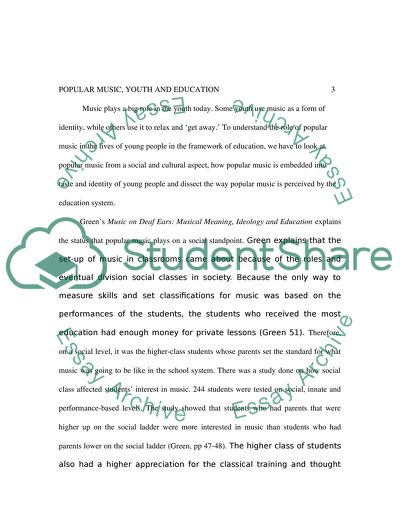Cite this document
(“Popular Music, Youth and Education Essay Example | Topics and Well Written Essays - 2000 words”, n.d.)
Retrieved from https://studentshare.org/education/1405271-popular-music-youth-and-education
Retrieved from https://studentshare.org/education/1405271-popular-music-youth-and-education
(Popular Music, Youth and Education Essay Example | Topics and Well Written Essays - 2000 Words)
https://studentshare.org/education/1405271-popular-music-youth-and-education.
https://studentshare.org/education/1405271-popular-music-youth-and-education.
“Popular Music, Youth and Education Essay Example | Topics and Well Written Essays - 2000 Words”, n.d. https://studentshare.org/education/1405271-popular-music-youth-and-education.


